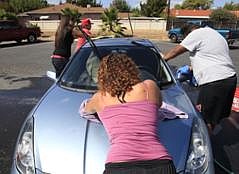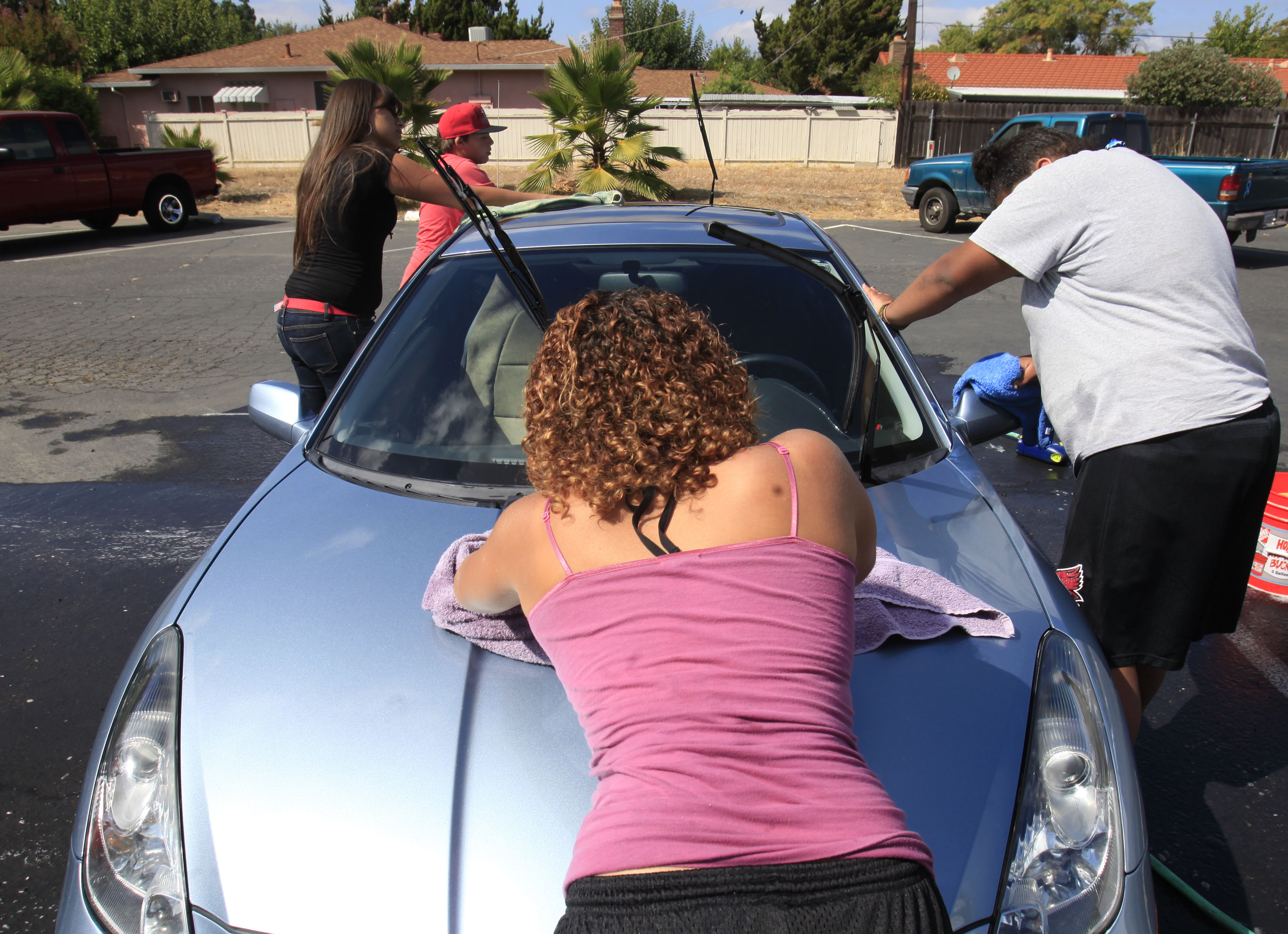By KELLI KENNEDY
Associated Press
When Carey Sommer entered foster care in California, he left his mom, his high school and his friends. Bounced from home to home, he changed high schools nine times until the disheartened teen finally dropped out.
"I just started to not really care about high school because I figured I'm just going to move anyway - why does it matter?" said Sommer, who was told it would take an extra year and a half to graduate to make up for credits he lost changing schools.
Sommer, 19, is among the roughly 50 percent of the nation's 500,000 foster kids who won't graduate from high school, experts say.
Nearly 94 percent of those that do make it through high school do not finish college, according to a 2010 study from Chapin Hall, the University of Chicago's research arm.
Some members of Congress and advocates are trying to strengthen laws to ensure the child welfare system not only makes sure that foster kids are safe, but that they get a quality education.
"Schools are often the most important source of focus and stability for children in foster care," said a letter from federal agencies responsible for education and child welfare to state officials as classes were starting this fall.
The letter advised officials of a 2008 law that requires the children to remain at the same school after they are placed in a new foster home. It is routinely ignored by state and local officials who say it's impractical and too expensive. The law, however, lacks any penalties.
Sen. Al Franken, D-Minn., proposed a bill to strengthen the measure and include education officials, in addition to their child welfare counterparts. The bill passed in committee with bipartisan support and is awaiting Senate approval.
At a town hall in October, Sens. Chuck Grassley, R-Iowa, and Mary Landrieu, D-La., who co-chair the Senate Caucus on Foster Youth, stressed that officials should ensure that foster children succeed academically, just as any parent would make sure their child excels at school.
"Many of these children are strong, resilient, smart and hard-working, but we treat them as if they're broken, and that's a problem. We have to give them an opportunity to be in a stronger setting," Landrieu said.
The departments of Education and Health and Human Services will meet with state officials in November to discuss practical ways to implement the law. Among the hurdles that Grassley said that officials around the country face is trying to cut through bureaucracy between two federal agencies, the state and local governments.
Around the country, small-scale efforts are already taking root.
Teacher Mike Jones took over his high school's discipline program in Sacramento, Calif., and noticed foster children made up the majority of suspended and expelled students. Jones started a monthly luncheon, where they could talk about their struggles.
Since the program started, grade-point averages have risen and discipline issues dropped. The Courageous Connections program has expanded to several schools and nearly 100 foster students meet in various small groups a few times a month. All 30 seniors in the program in the past four years graduated.
Sacramento officials also spent more than $1 million developing a software program so that education and child welfare officials in more than 20 counties in California can share attendance, grades and other records.
Trish Kennedy, director of foster youth services for the Sacramento County Office of Education, said there were many instances in which a child was improperly placed in courses because the student's transcripts did not keep up with their moves.
Kennedy's office offered the software to other states for free. So far, none has taken it.
In Orange, Mass., the school district hired a liaison to meet with foster parents. For a few years, the low-income district used grant money to keep foster kids in their original schools, but eventually had to pay the bill itself - about $25,000 a year - and had to stop.
It was especially difficult figuring out how to transport foster kids who had just come into the system and were staying in temporary placements or emergency shelters.
"We were almost like robbing another program to try to keep these kids in our school district," said Paul Burnim, who was then the district superintendent. "I don't think we give school personnel or kids the chance. The resources aren't there. It's expensive, but it's more expensive to ignore it."
Federal officials say states have the flexibility to use foster care grant money to cover such transportation costs.
Florida child welfare officials are in the early stages of "Everybody's a Teacher," an initiative uniting school and child welfare officials with community leaders.
Our Kids, which oversees more than 3,800 Miami-area foster kids, hired three guidance counselors to work in the schools to make sure they are staying on track. They developed a video conference system so the children could attend court hearings without missing school.
In Baltimore, Molly McGrath, director of the city's Department of Social Services, which has 4,000 foster kids, recently paid for a group of high school foster students to visit college campuses. But McGrath said colleagues scolded her, saying she was wasting money sending foster kids to visit colleges they wouldn't get into.
"The general societal expectation is very, very low," she said. "There should be expectation that they're going to graduate and going to college and succeed. That shouldn't be such an oddity."

